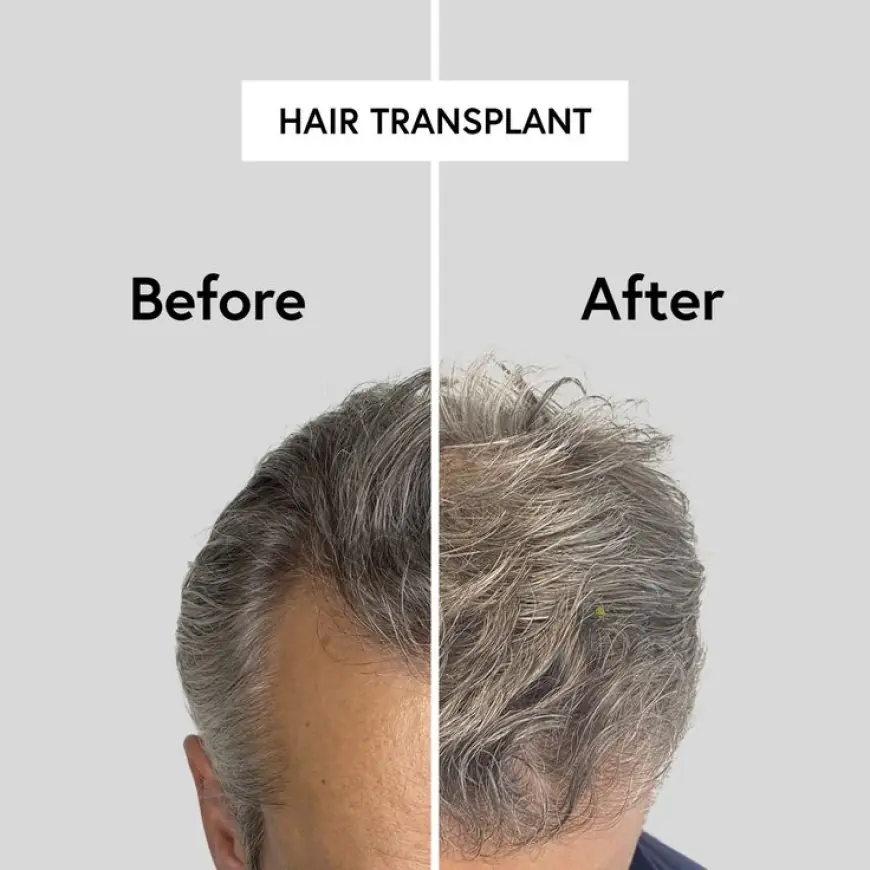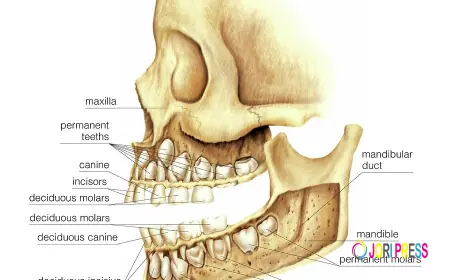Why Hair Transplant is the Best Solution for Baldness in Islamabad
Hair loss or baldness is a common concern affecting both men and women, especially with age or due to hormonal changes,

Hair transplant surgery has become a leading solution for individuals struggling with hair loss. While much attention is given to the procedure itself, understanding the recovery phase is equally important. The days and weeks following the surgery play a critical role in achieving optimal results. If you're planning a hair transplant in Islamabad, knowing what to expect during recovery can help ease concerns and support a smoother healing journey.
Initial Recovery Phase (First Week)
The first few days after a hair transplant are crucial for healing. Patients can expect mild swelling, redness, and slight discomfort around the donor and recipient areas. This is completely normal and typically subsides within the first week. Surgeons often recommend resting, avoiding strenuous activity, and sleeping with the head elevated to reduce swelling.
Scabbing and small crusts may form around the transplanted grafts. It’s important not to pick at these as doing so can dislodge grafts and hinder proper healing. Clinics usually provide aftercare instructions, including a gentle cleansing routine to follow at home. Patients should avoid direct sunlight, heavy exercise, and any action that might cause sweating.
For those considering a safe and professional procedure, it’s helpful to explore hair transplant services offered in Islamabad. A thorough consultation and well-guided aftercare can set the foundation for successful recovery.
Days 7 to 14: Healing and Shedding
By the second week, most of the swelling and discomfort has usually resolved. Scabs begin to fall off, and the scalp starts to look more normal. However, a common occurrence during this time is "shock loss" — temporary shedding of the transplanted hair. This is a natural part of the process and should not be mistaken for failure of the transplant.
Patients are encouraged to maintain a healthy scalp environment. Gentle shampooing and moisturizing may be introduced as advised by the surgeon. It’s also a good time to begin light physical activity, though anything high-impact should still be avoided.
Weeks 3 to 8: Entering the Resting Phase
After the initial shedding phase, the follicles enter a resting stage. During this time, there might be little visible growth, and some people may feel discouraged. However, this is completely normal. The roots are settling in, and new hair growth is just around the corner.
Patients should stay consistent with any prescribed medications or supplements and continue avoiding harsh hair treatments like dyeing or chemical styling. Gentle handling of the scalp remains essential.
Months 2 to 5: Early Hair Growth
This stage marks the beginning of visible transformation. Soft, fine hairs begin to emerge. At first, these may not resemble your natural hair in texture or thickness, but they gradually thicken over time. The growth may be patchy at first, which is again part of the normal recovery timeline.
During this period, the newly growing hair may be more sensitive, so patients are advised to handle it with care. A follow-up appointment may be scheduled around this time to assess the progress and address any concerns.
Months 6 to 12: Noticeable Results Take Shape
By six months post-transplant, most individuals see significant improvement in density and coverage. Hair begins to grow more uniformly and blends better with the surrounding hair. At this stage, patients often feel more confident in their appearance, and the real results of the procedure become evident.
Styling, cutting, and even dyeing the hair becomes more feasible as the new hair strengthens. Maintaining a healthy lifestyle — including proper nutrition and scalp care — can enhance the quality of hair growth.
Beyond One Year: Full Results and Maintenance
Full results of a hair transplant typically become visible between 12 to 18 months after surgery. By this time, the transplanted hair fully matures and achieves its final thickness and texture. Most individuals find that the hair behaves just like natural hair, allowing them to style it as desired.
To further enhance growth and maintain the results, some patients opt for supportive therapies such as PRP hair treatment, which stimulates the follicles and improves hair health. This treatment is often recommended post-transplant for patients who want to boost their outcome.
Tips for a Smooth Recovery
-
Follow all aftercare instructions provided by your clinic.
-
Avoid smoking and alcohol, as they can delay healing.
-
Stay patient — full results take time and consistency.
-
Use only mild, surgeon-recommended hair care products.
-
Stay in touch with your surgeon for follow-ups and guidance.
Conclusion
Hair transplant recovery is a journey that unfolds over several months, with gradual but rewarding results. From initial healing to full hair growth, each phase has its own importance. Understanding what to expect and caring for your scalp properly during each stage can make a significant difference in the outcome.
Trusting an experienced clinic with advanced techniques ensures your transplant not only looks natural but also lasts. By staying committed to recovery and exploring beneficial post-surgery options like PRP therapy, you can enjoy restored confidence and a youthful appearance for years to come.
What's Your Reaction?
 Like
0
Like
0
 Dislike
0
Dislike
0
 Love
0
Love
0
 Funny
0
Funny
0
 Angry
0
Angry
0
 Sad
0
Sad
0
 Wow
0
Wow
0


















































